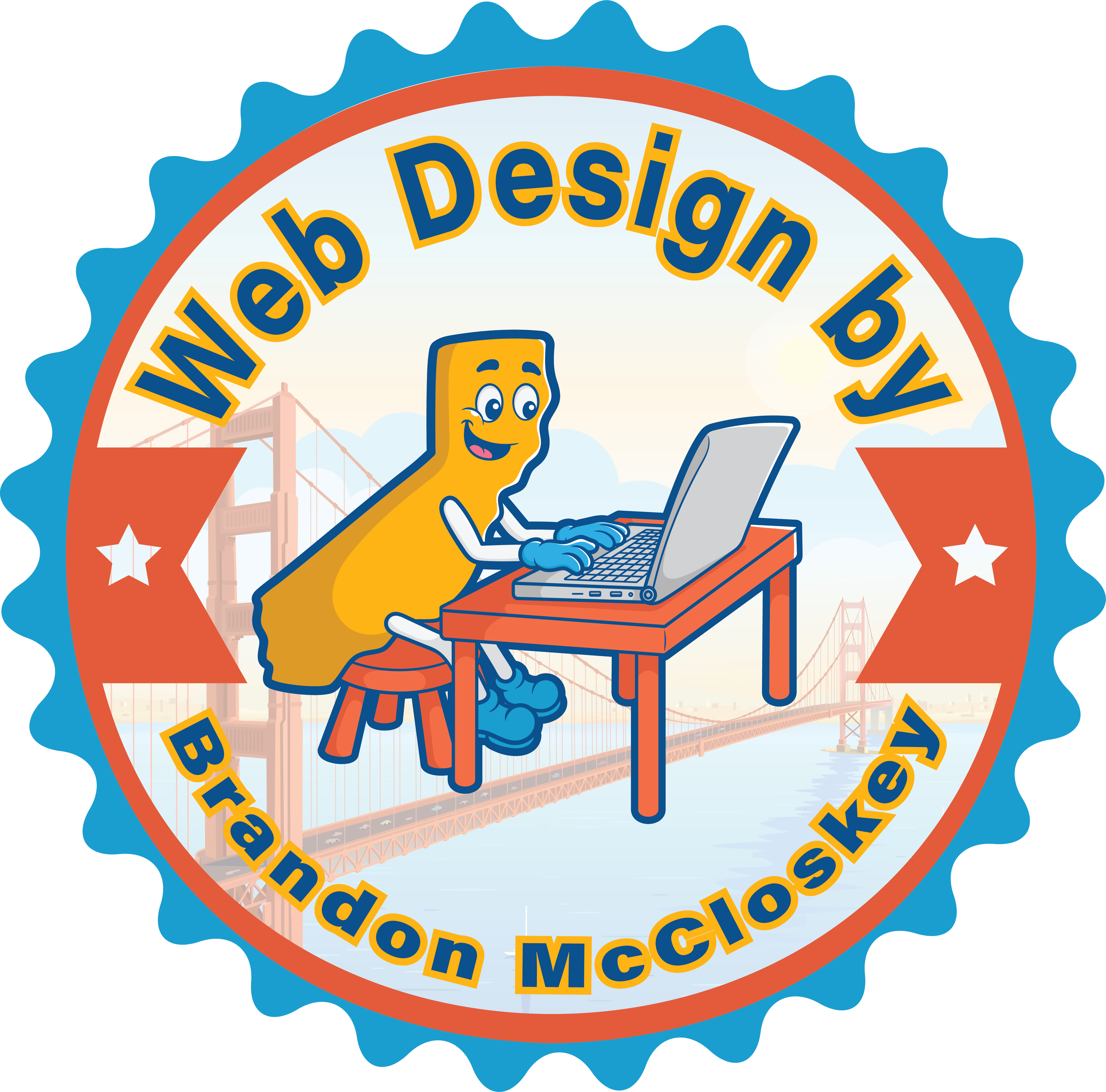6 Ways Microinteractions Boost UX

Image via Freepik
In the realm of digital design, small details often hold great power. One such detail, microinteractions, is pivotal in enriching user experiences (UX). With these subtle, often overlooked design elements, microinteractions boost UX in ways you might not even realize.
Demystifying Microinteractions
Microinteractions are tiny, almost invisible design elements that, despite their size, leave a huge impact on UX. They are the subtle animations, the small color changes, and the minute sounds that confirm guide, or give feedback to individuals. Think of the ‘like’ button on social media or the haptic feedback on your smartphone. These small elements quietly revolutionize digital experiences.
Enhancing Engagement
Small design elements can transform dull, static interfaces into lively, engaging platforms. For instance, the refresh interaction in many social media apps – where a pull-down action initiates a loading animation – can keep individuals engaged, enhancing the overall UX. Making the platform more interactive boosts engagement and contributes to the perception of your product or service.
While discussing website accessibility tips, microinteractions take center stage. Adding these small elements can make navigating a site easier and more accessible for individuals. An example could be a subtle color change when hovering over a button or a small animation when filling out a form correctly.
Providing Instant Feedback
Are you thinking about giving your company a new look? Consider incorporating more microinteractions into your digital platforms. One of the most valuable functions of these design elements is their ability to provide instant, clear feedback. Individuals no longer need to wonder if a button press registered or if a form was successfully submitted. These elements can give this feedback visually, reducing confusion and enhancing satisfaction.
Microinteractions as Digital Labels: Guiding Users Through Their Digital Journey
Relocating to a new residence can be a complex process that requires careful planning and seamless execution. Similarly, when designing digital experiences, ensuring a smooth transition and guiding users through their journey is crucial. Our friends at MoversTech CRM say that microinteractions are the digital equivalent of those labels on moving boxes, providing intuitive cues and making the navigation process effortless. Just as clear labels help us find our belongings in the chaos of moving, these design elements help users find their way in the digital landscape, reducing confusion and ensuring a seamless experience from one digital destination to another. By incorporating these elements strategically, you can create a digital environment that feels familiar and welcoming, making users feel right at home as they explore your platform.
Guiding Users Through Their Journey
When optimizing your business, understanding the user journey is key. Microinteractions can act as guides, subtly leading individuals through the desired pathway. Think of it as moving to a new residence. When you’re unpacking and settling in, small labels on the boxes guide you, making the whole process smoother. These small design elements work similarly, helping users navigate the digital space without feeling overwhelmed.
Adding Personality to the Interface
Small design elements also offer an opportunity to infuse personality into digital platforms. A unique loading animation or a quirky error message can bring charm to the interface and make your brand more memorable. Remember, though, that the personality reflected should align with your overall brand identity.
Making the Interface More Intuitive
Intuitiveness is a crucial element of effective UX design. Small design elements can help make an interface more intuitive by providing visual cues about how certain elements function. For example, a subtle animation showing a menu sliding out from the side gives individuals an understanding of where to look for it next time.
Enhancing the Sense of Direct Manipulation
Finally, these elements enhance the sense of direct manipulation – the feeling that individuals interact with the digital environment in a tangible, straightforward way. That can greatly increase satisfaction, making the digital interface feel more like a physical object. For example, how an icon might shake when someone tries to move it mimics real-world physics, enhancing UX.
Maximizing Satisfaction
Satisfaction is at the core of a successful digital experience. Microinteractions boost UX by addressing individuals’ real needs and desires. For example, a progress bar during a file upload provides feedback and assures individuals that their action is processed. These small moments of reassurance and acknowledgment significantly contribute to a positive experience and leave a lasting impression.
Streamlining Actions
In a fast-paced digital world, individuals appreciate efficiency and simplicity. Small design elements can streamline actions by minimizing the steps required to complete a task. Take, for instance, the autofill feature that predicts and suggests text as individuals type. This small but effective microinteraction saves time and enhances the overall experience. These design elements empower individuals to accomplish their goals effortlessly by reducing friction and eliminating unnecessary hurdles.
While exploring ways to optimize a business, microinteractions emerge as a valuable tool for creating a seamless and delightful customer journey. By strategically placing these elements throughout a website or application, you can guide individuals from one step to another, ensuring a smooth transition and preventing them from getting lost or confused. Whether a subtle animation directing attention to a call-to-action button or a microinteraction confirming a successful submission, these elements enhance the sense of progression and enable users to navigate the platform easily.
Evoking Emotional Connections
Emotions play a crucial role in shaping experiences. Microinteractions can evoke emotional connections by incorporating delightful and surprising elements into the interface. For example, a simple heart animation that pops up when someone likes a post can evoke a sense of joy and satisfaction. By infusing moments of delight into the user journey, these elements create a positive emotional bond between individuals and the digital platform, fostering a deeper connection and encouraging long-term engagement.
Microinteractions Boost UX: Elevate Your Design to New Heights
While they may seem small and inconspicuous, their impact is profound. From enhancing engagement to providing instant feedback, guiding users through their journey, to adding personality and intuitiveness, these elements elevate digital experiences to new heights. By strategically leveraging these powerful design elements, you can create interfaces that captivate users, streamline actions, and evoke emotional connections. So, take a closer look at your design and discover the potential of microinteractions in optimizing your digital platforms for a truly exceptional experience.
In Conclusion
Microinteractions, though minute, have a significant impact on UX. They engage individuals, provide instant feedback, guide them through their journey, add personality, increase intuitiveness, and enhance the sense of direct manipulation. Thus, as we’ve explored, microinteractions boost UX in subtle and substantial ways. For anyone keen on improving their digital platforms, these tiny design elements hold immense potential. So, the next time you’re refining your digital design, remember that the small details often make the biggest difference.
